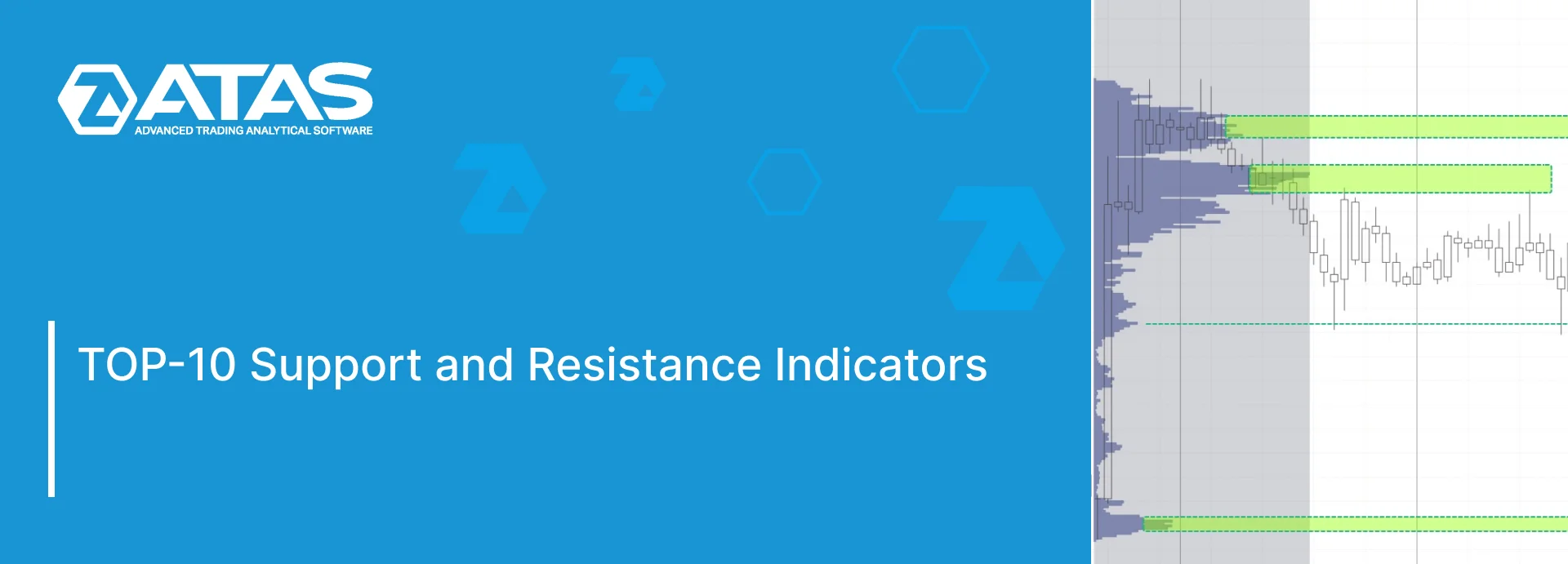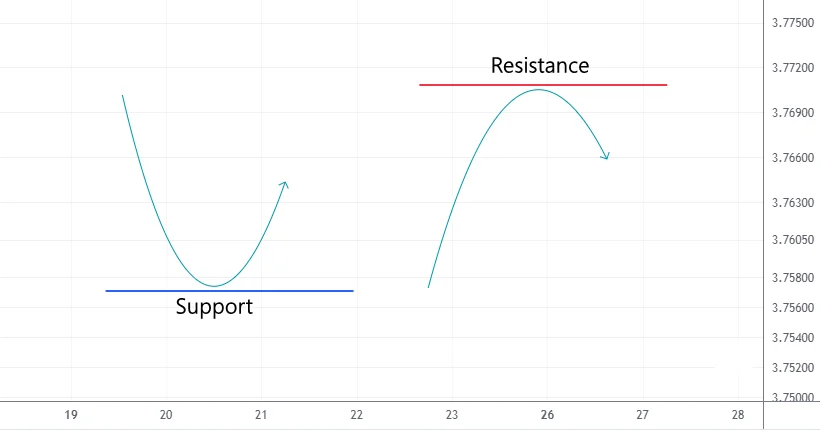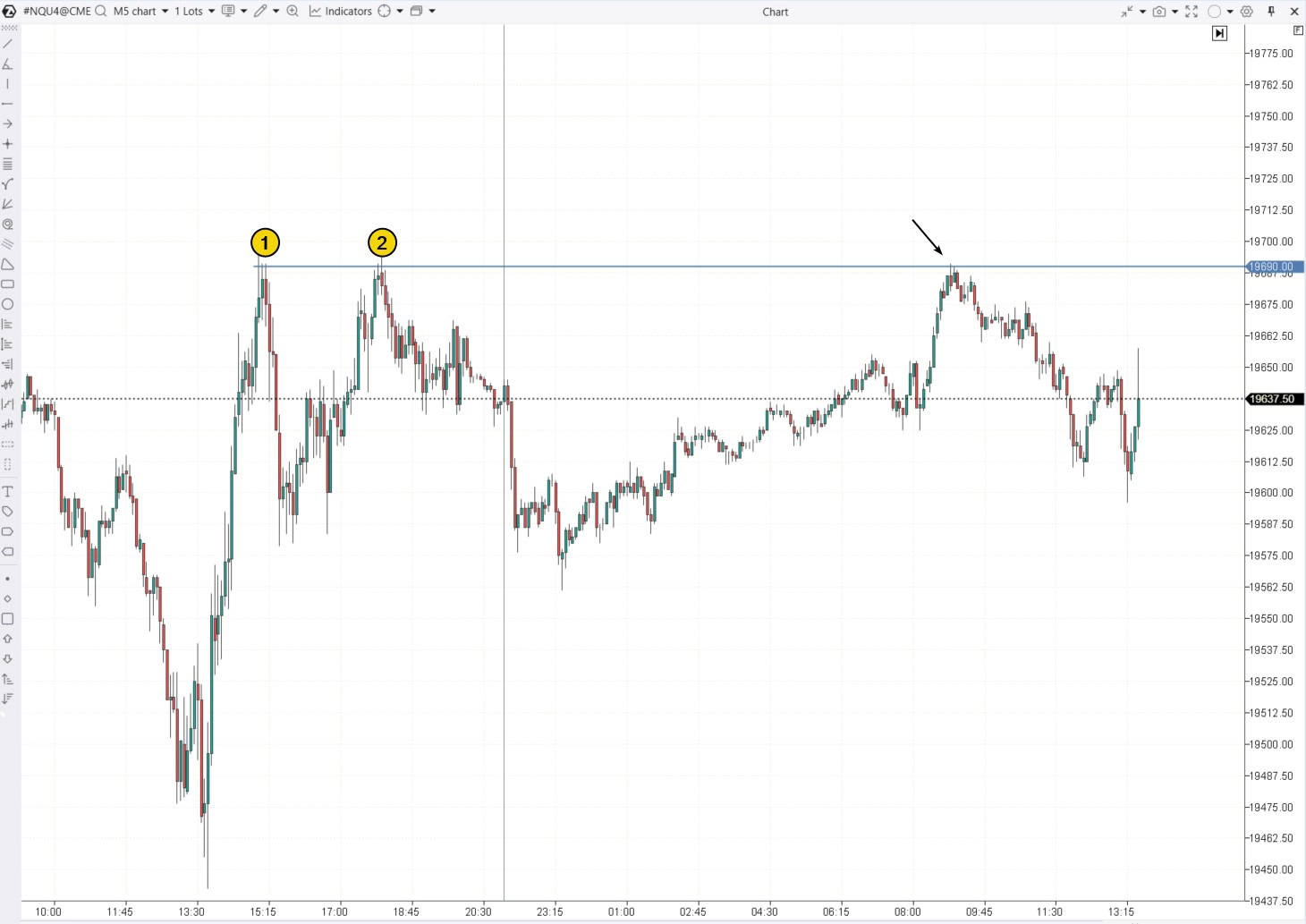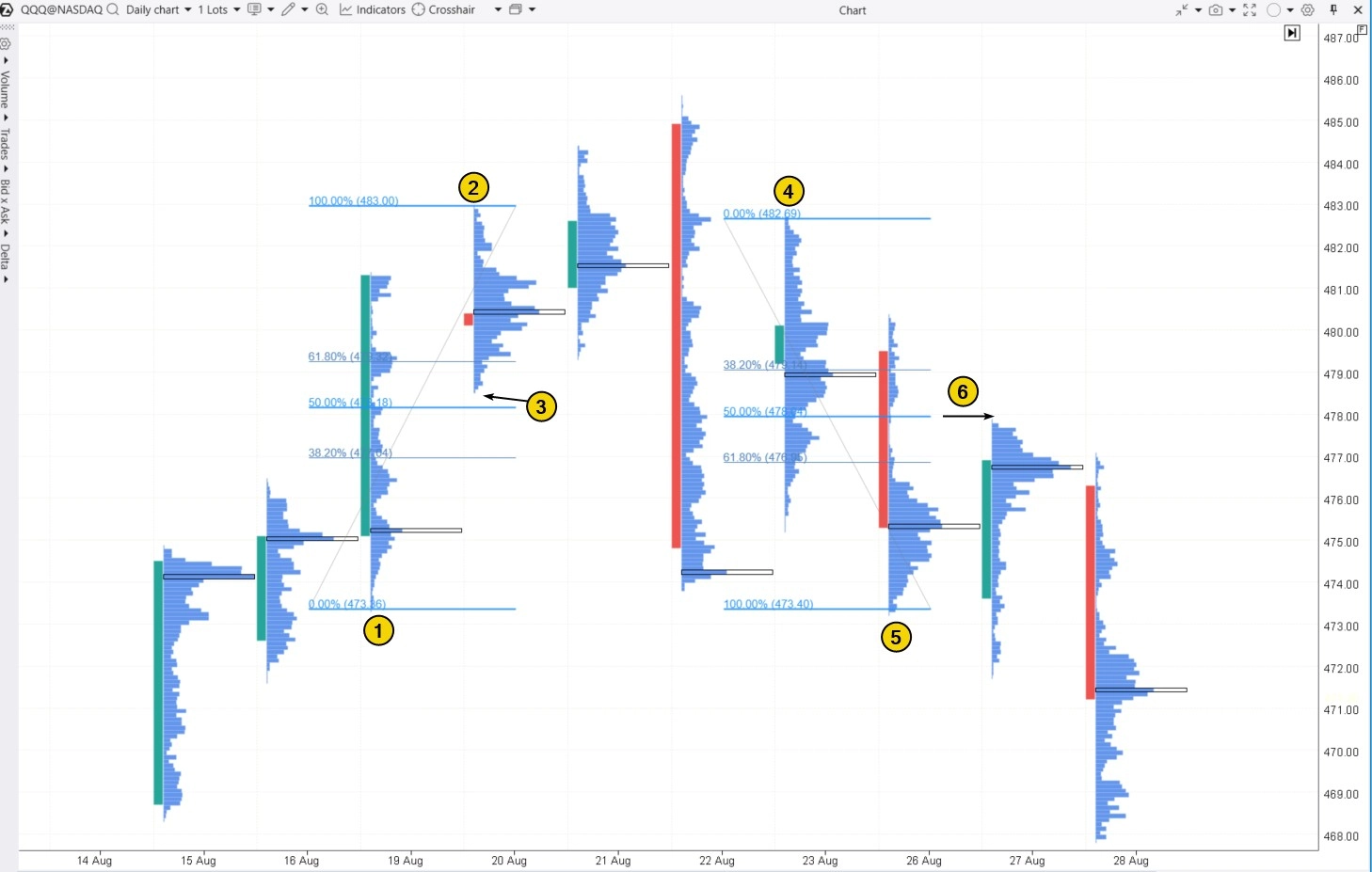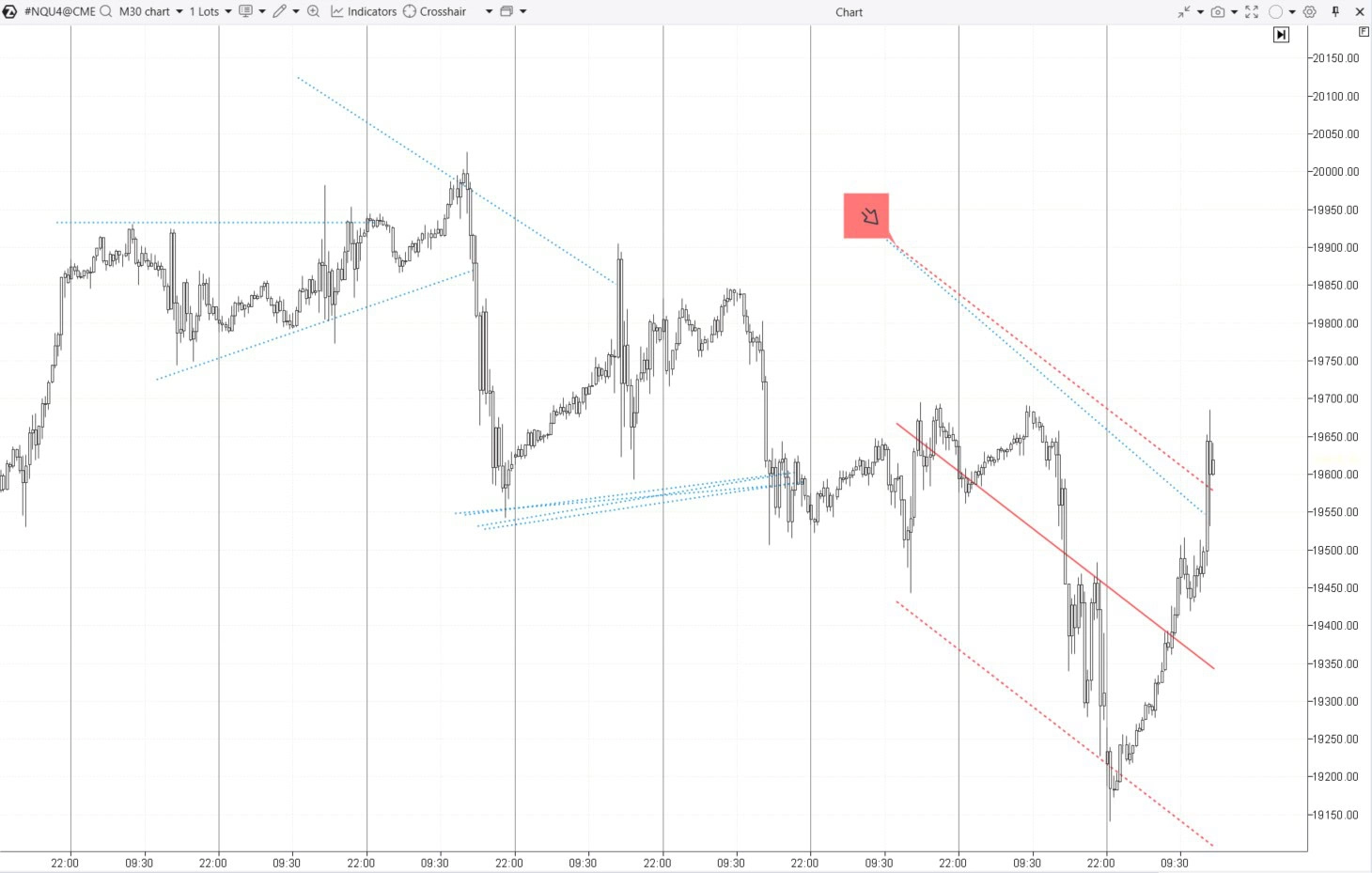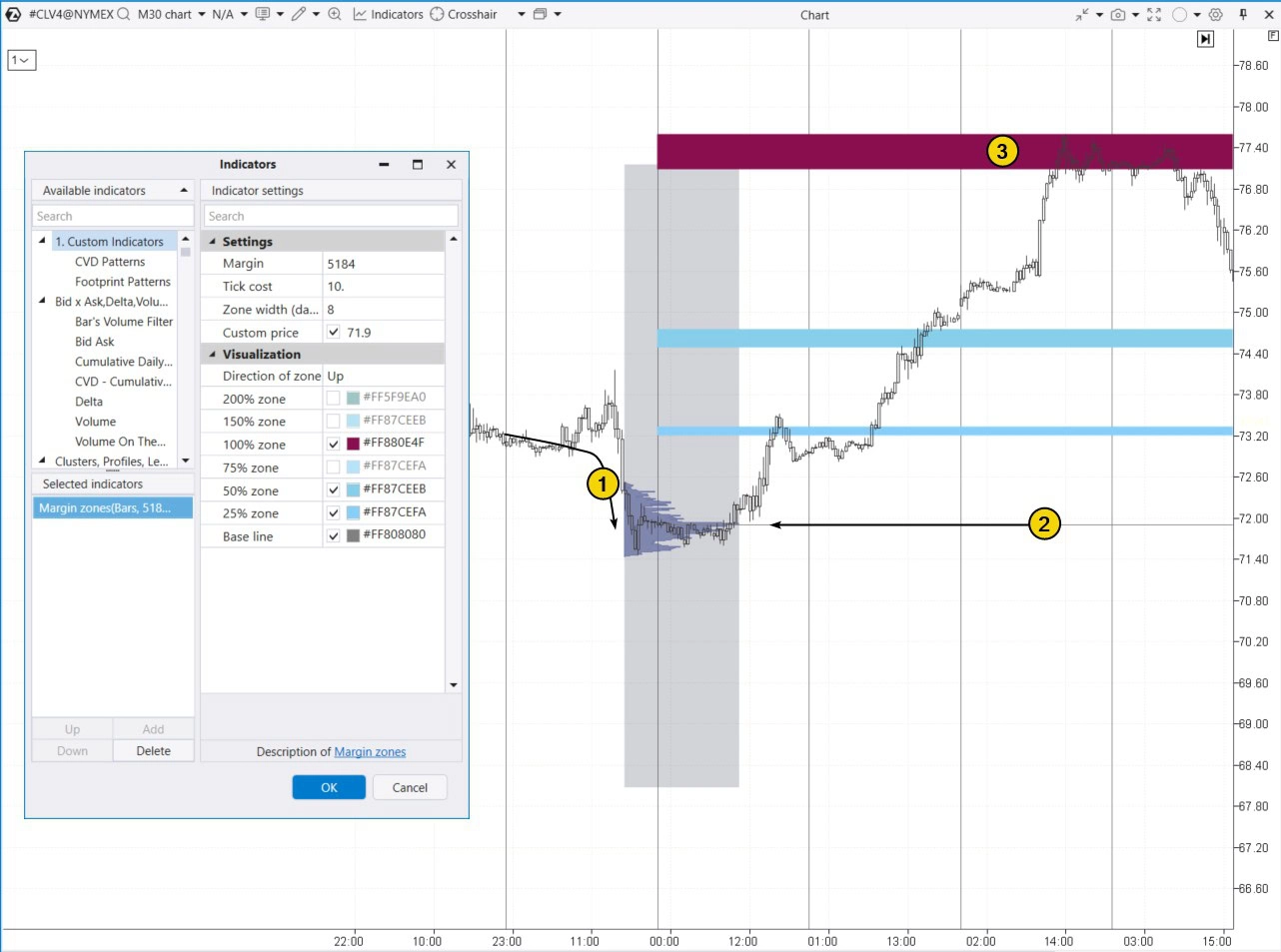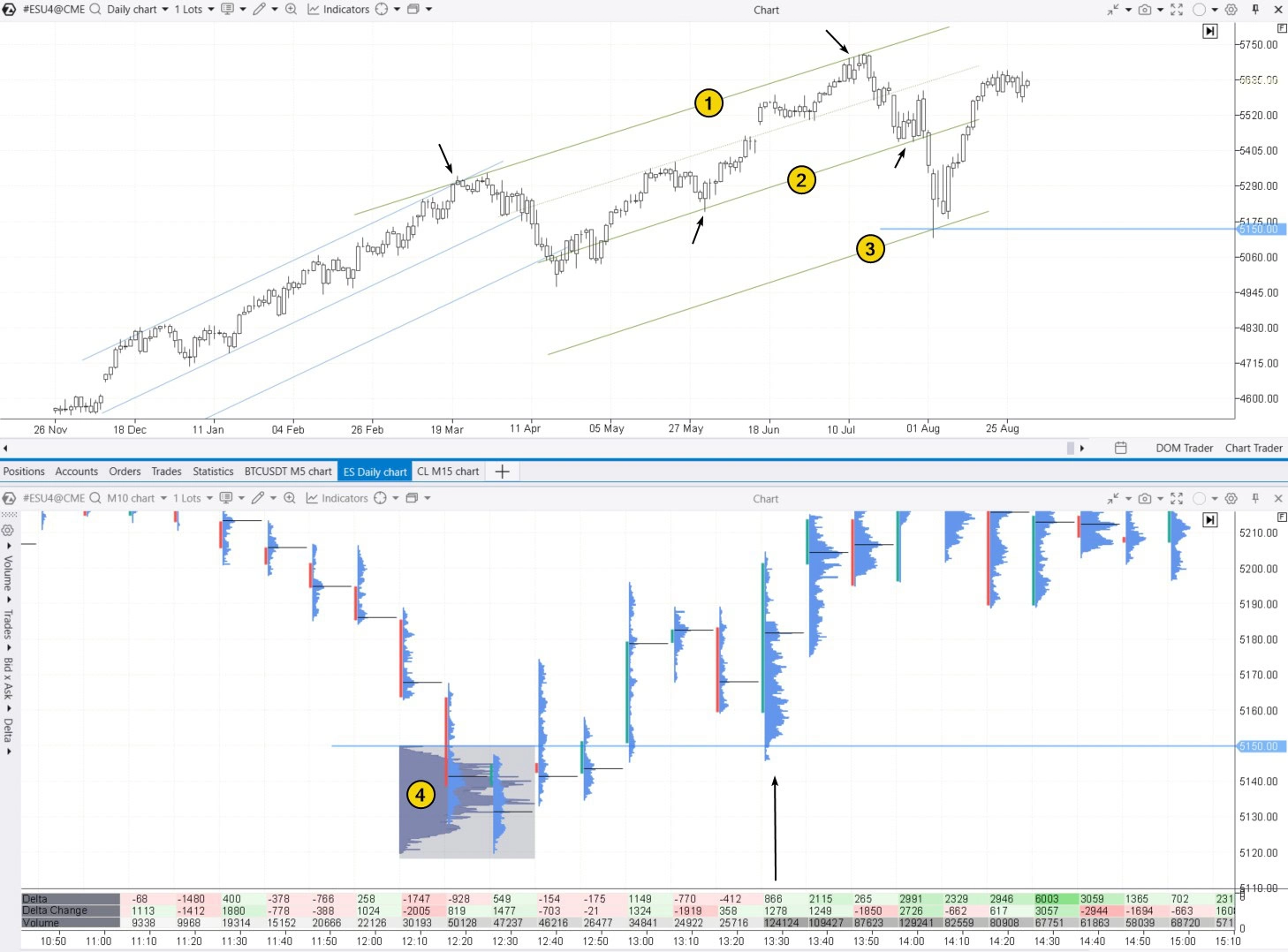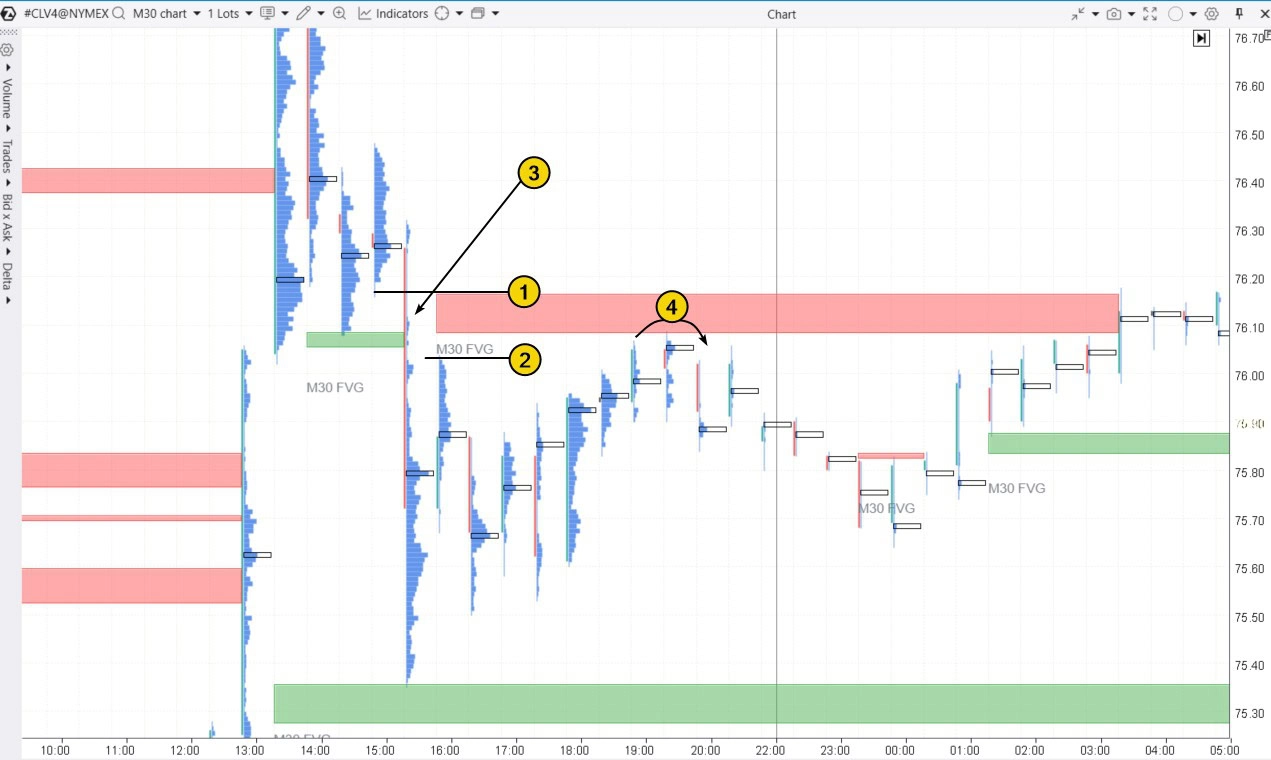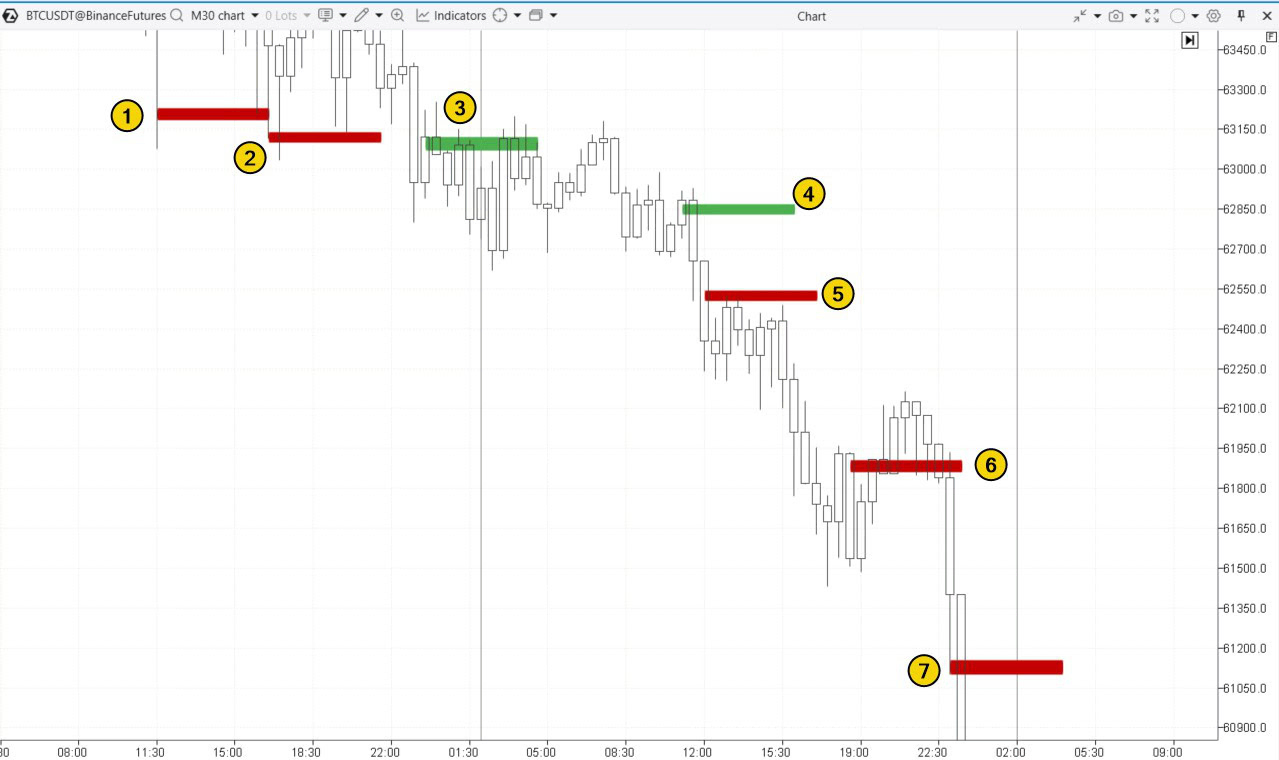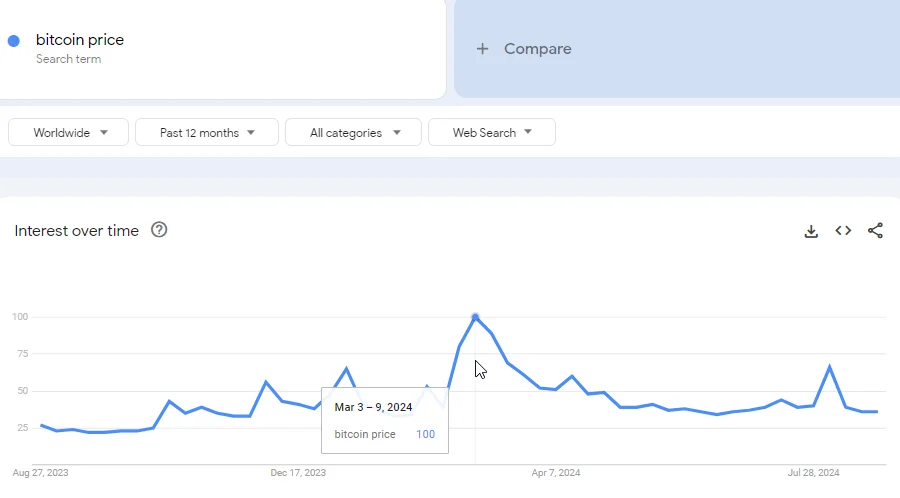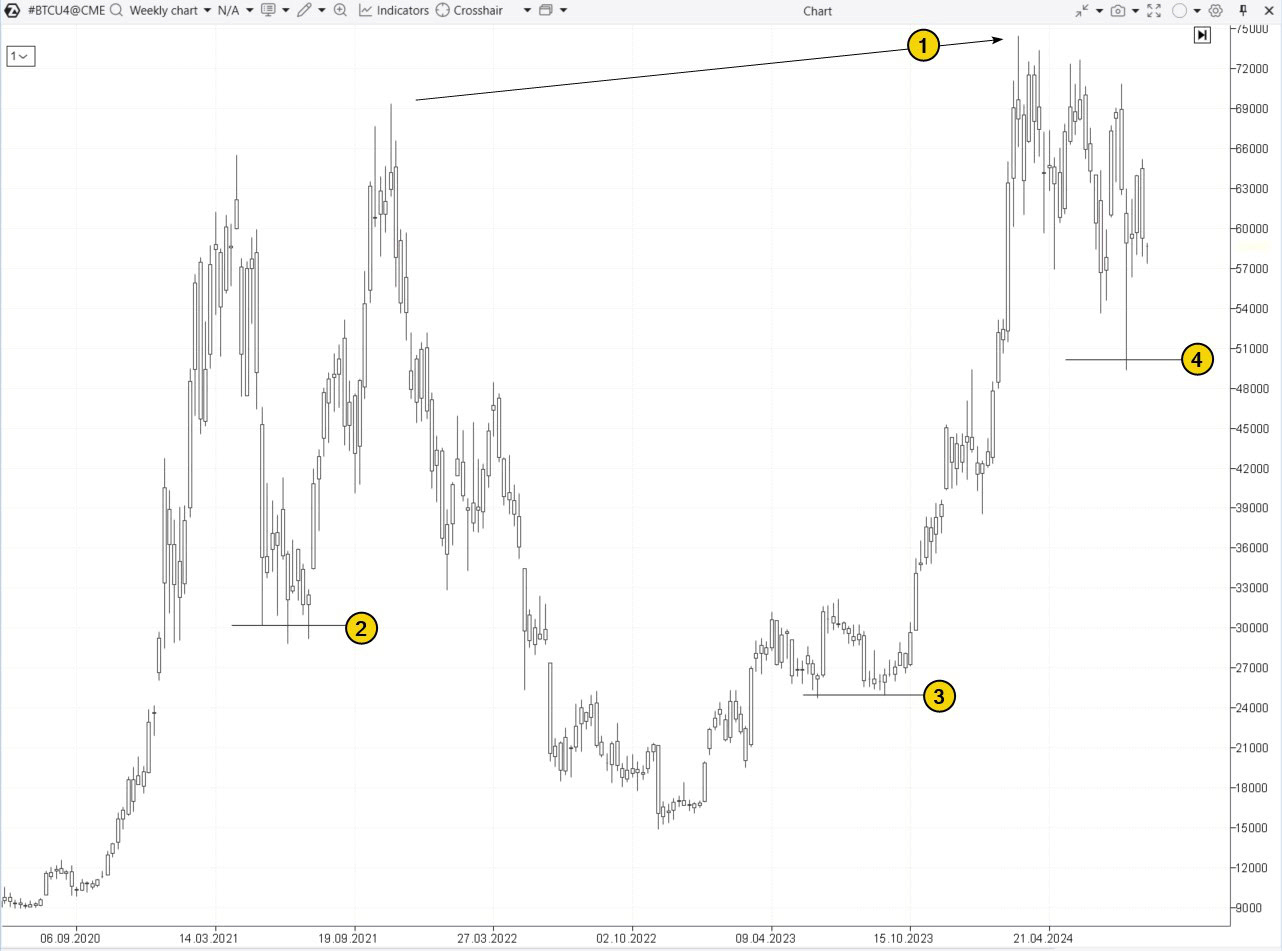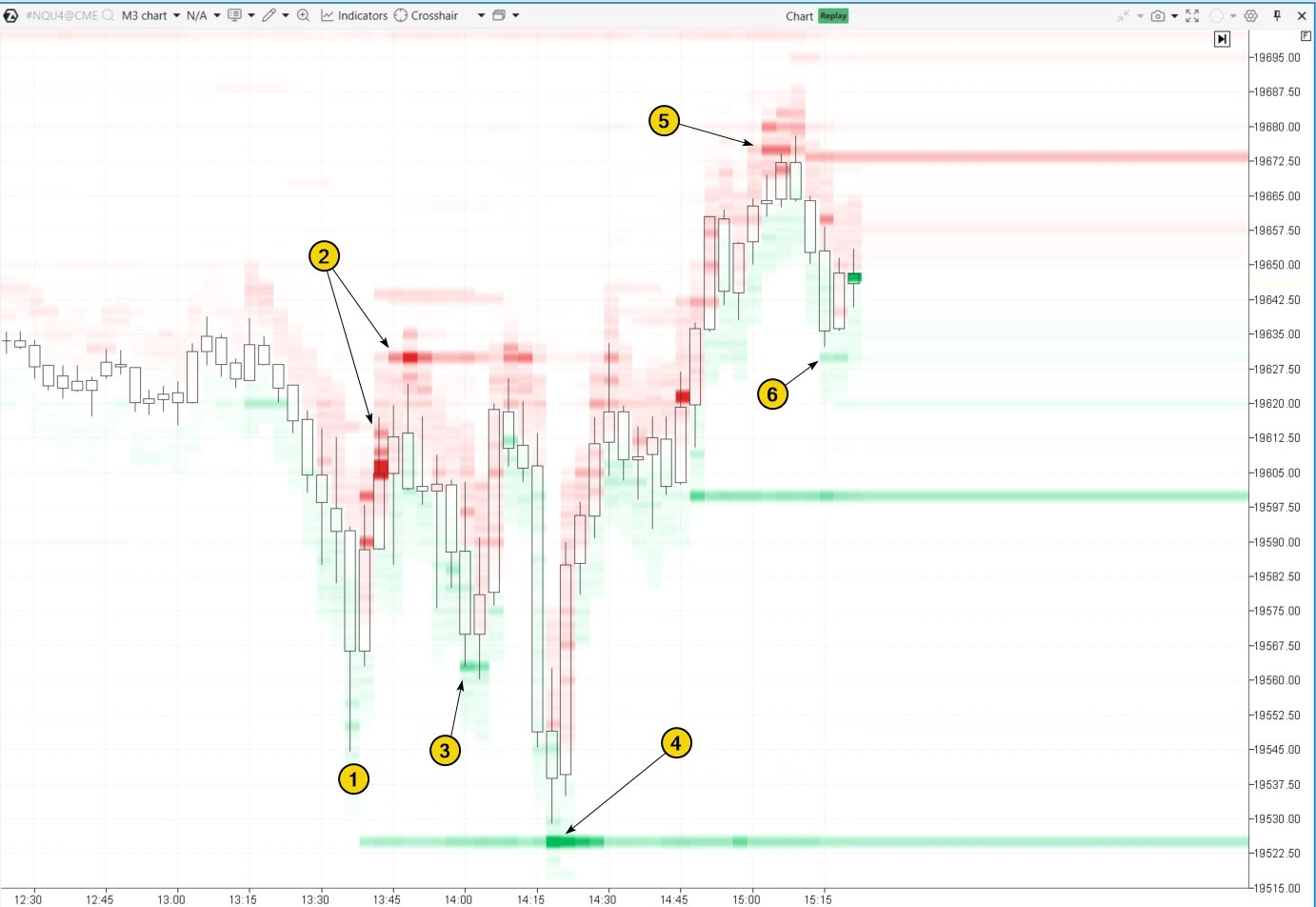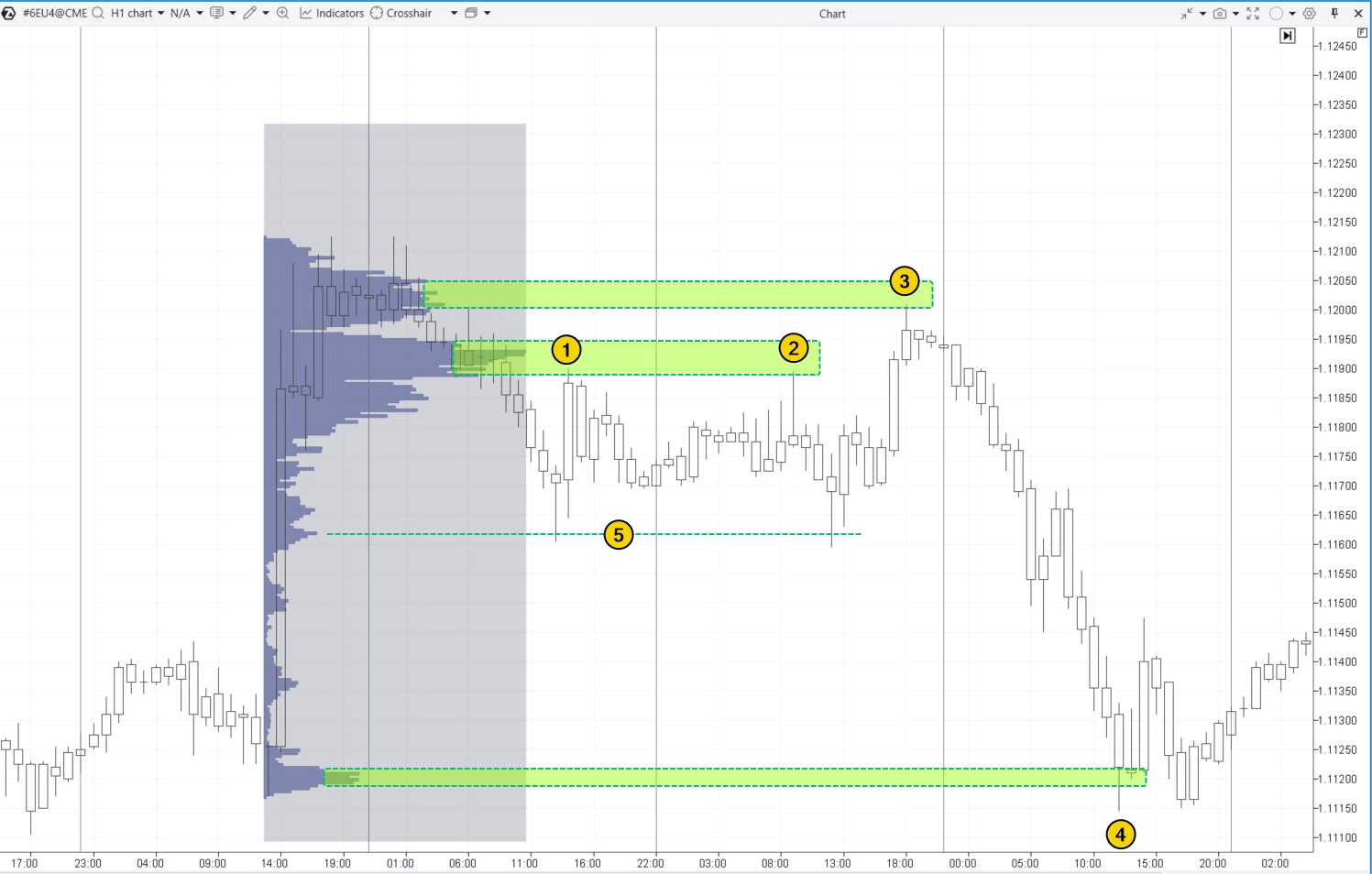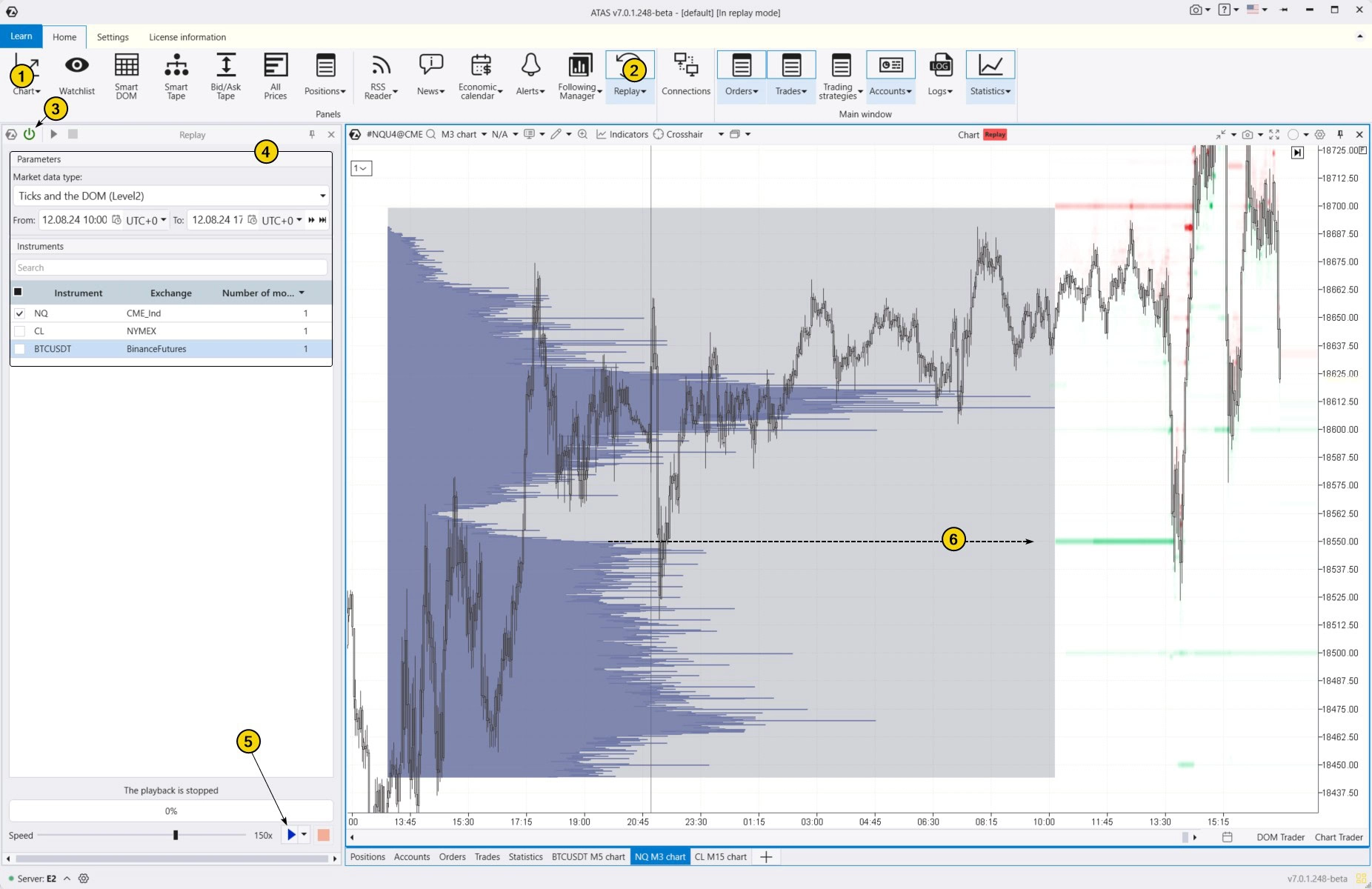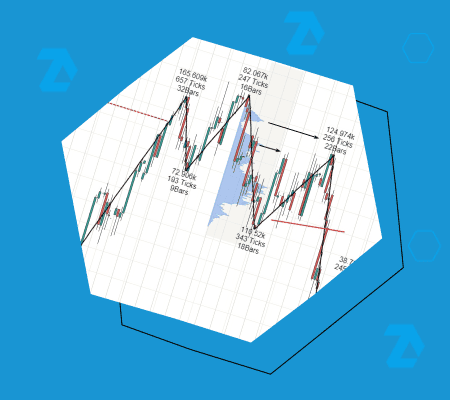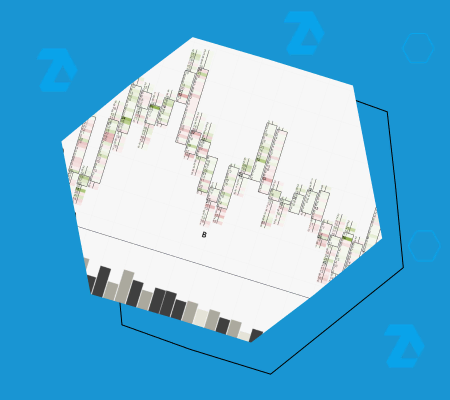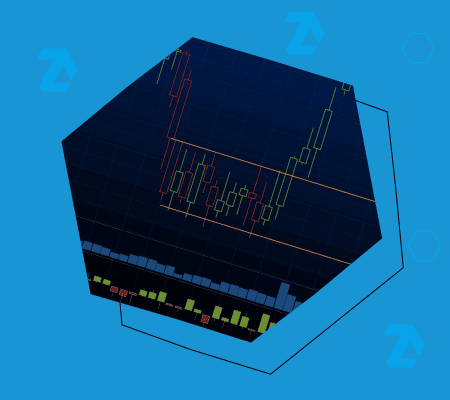Trendlines are one of the simplest and most widely used methods for spotting support and resistance levels.
While not technically classified as indicators, it is often more effective to draw trendlines manually rather than relying on algorithms.
Trendlines can be used as:
- a basic trend indicator if you draw them through nearby lows (in an uptrend) or highs (in a downtrend);
- parts of more advanced technical analysis patterns, such as fan lines, trend channels, or chart patterns.
Example. On the E-mini futures chart for the S&P 500 index, three trendlines were used to identify support for the price on August 5, 2024. At that time, the price was dropping due to concerns about a U.S. recession, which were heightened by a stock market crash in Japan after the central bank raised interest rates to their highest level in years.
In the top half of the chart (daily time frame), you can see that between March and July, the price moved (as indicated by arrows) within a channel formed by lines 1 and 2. However, in early August, there was a bearish breakout. The low was reached on the 5th, and the 3rd trendline, parallel to lines 1 and 2 and extended downward by the 1-2 channel width, helped identify the reversal point.

